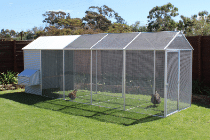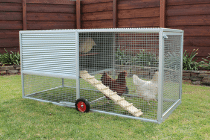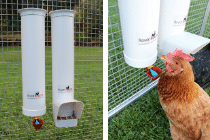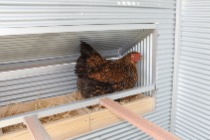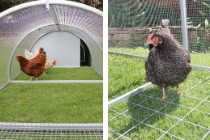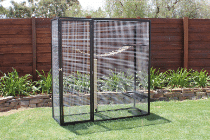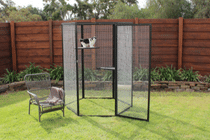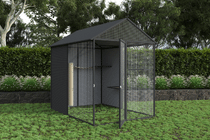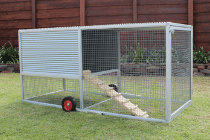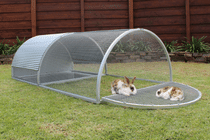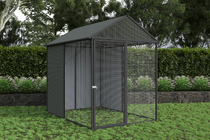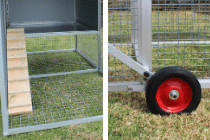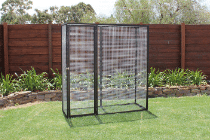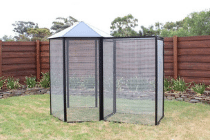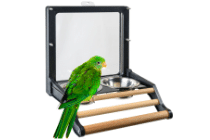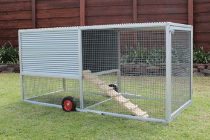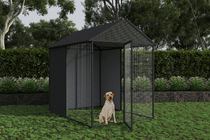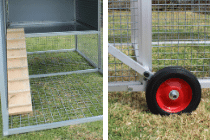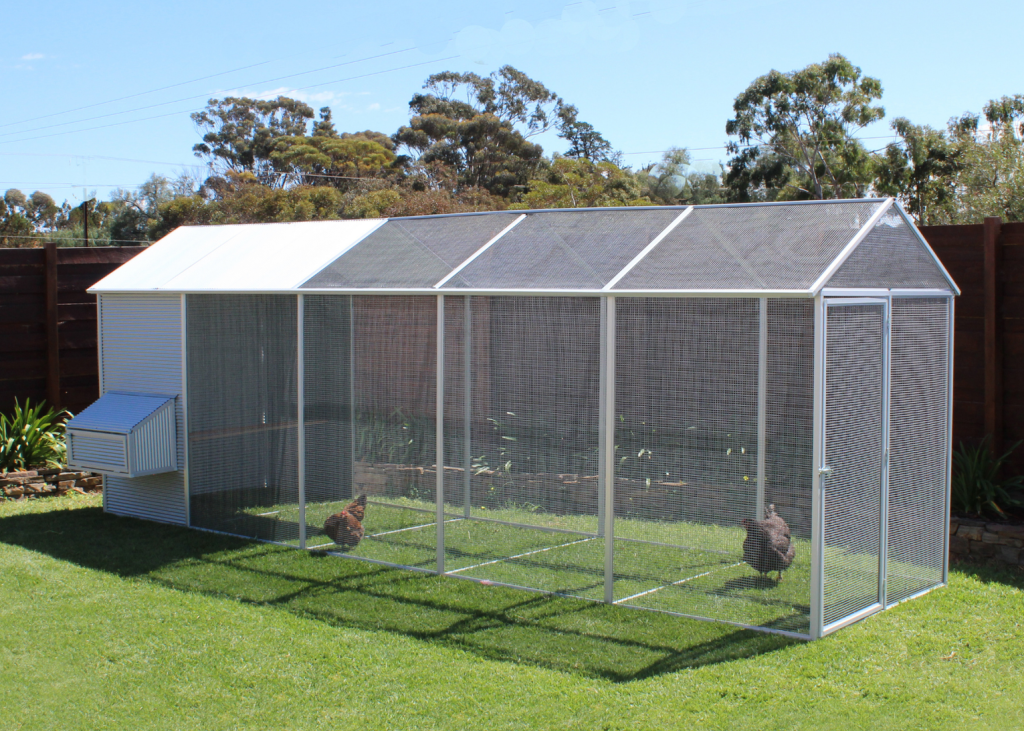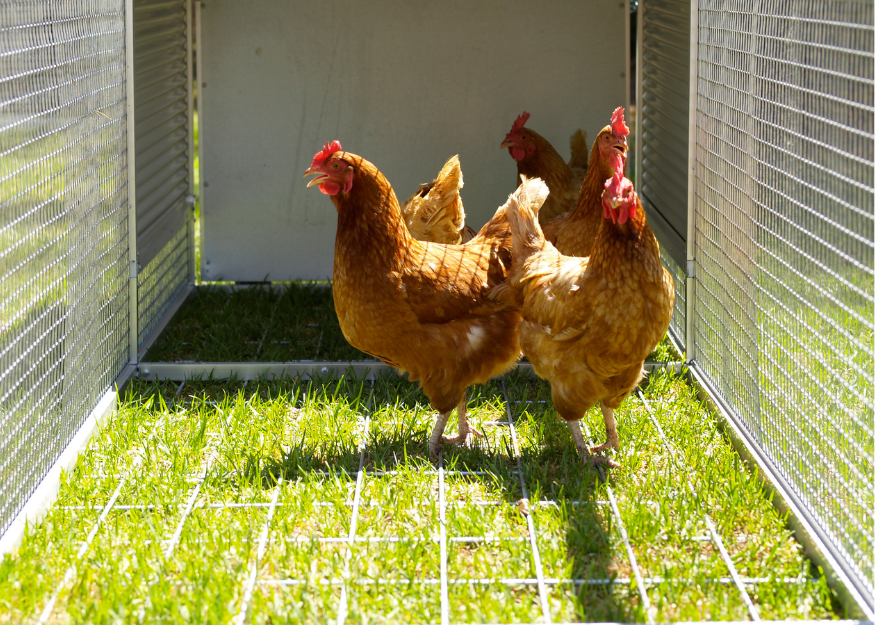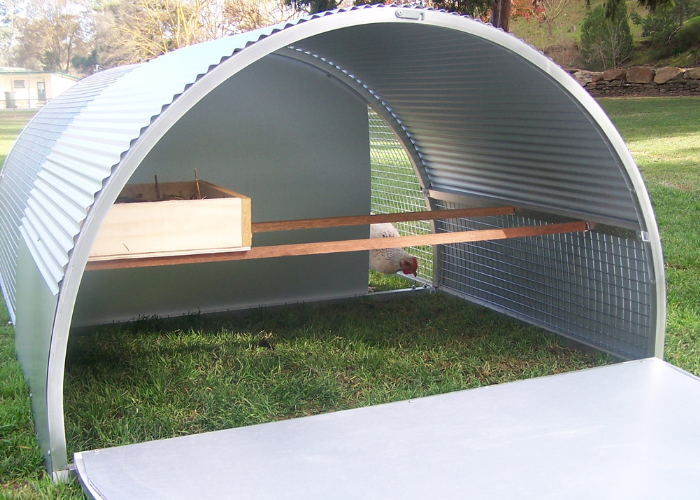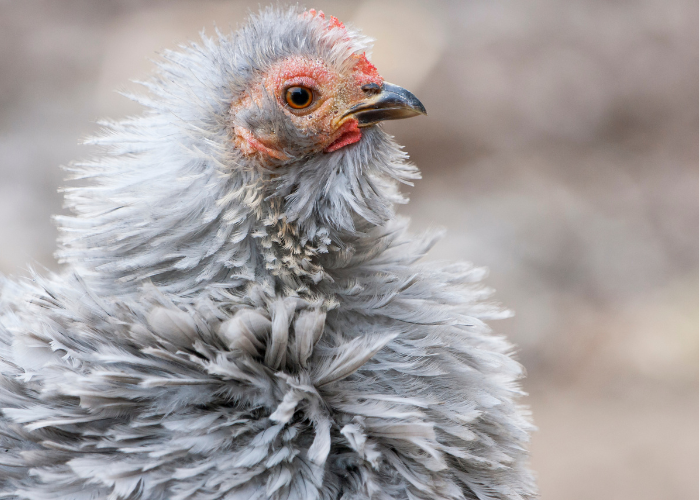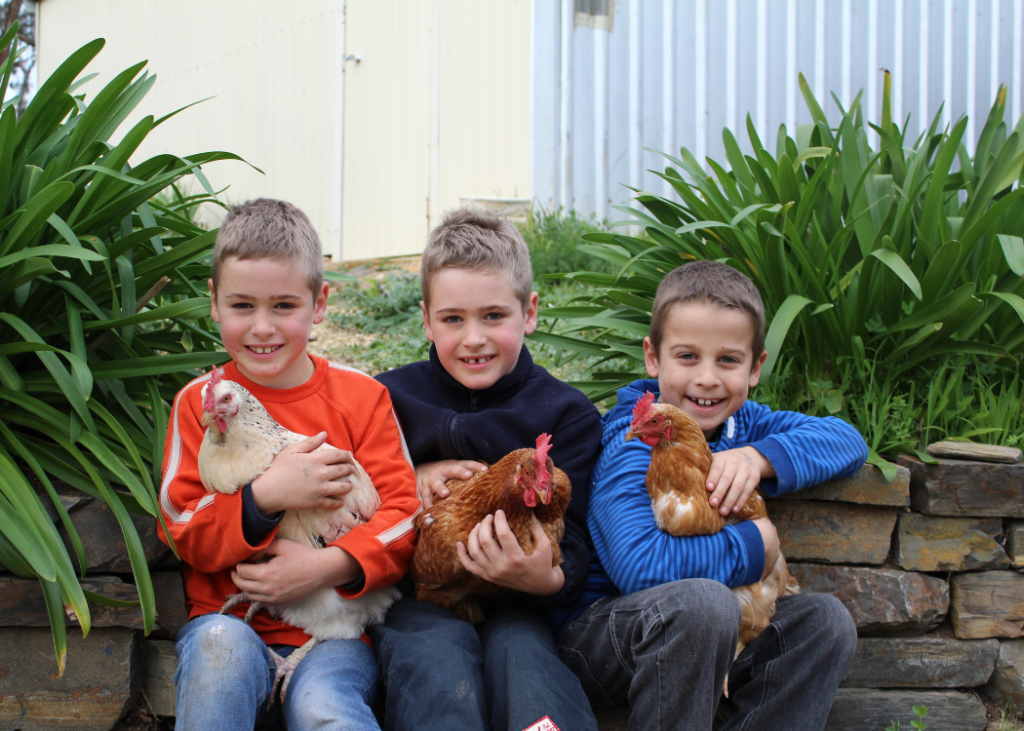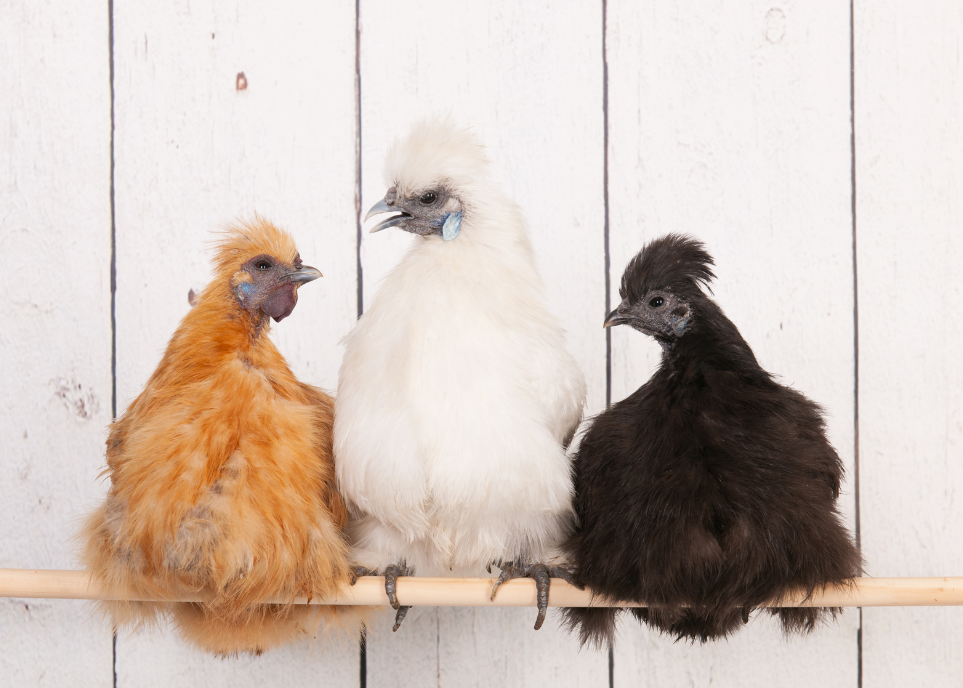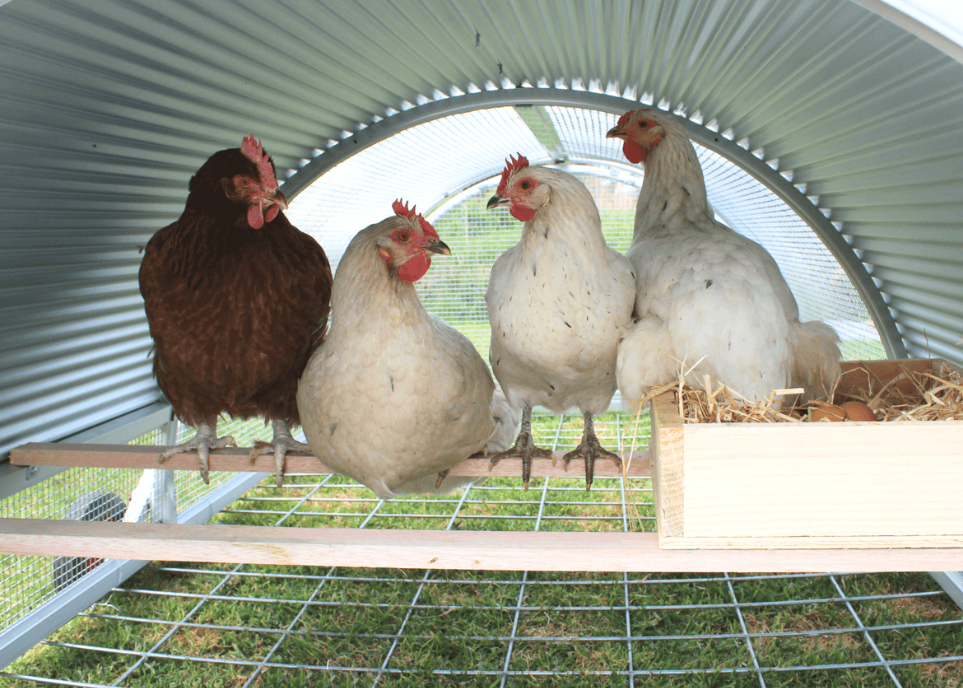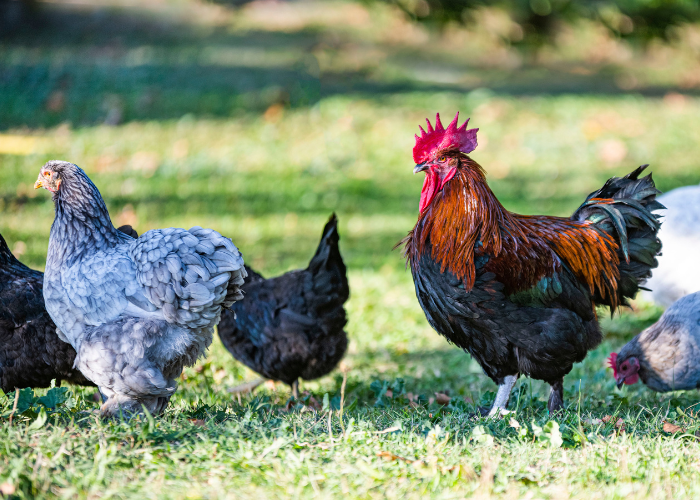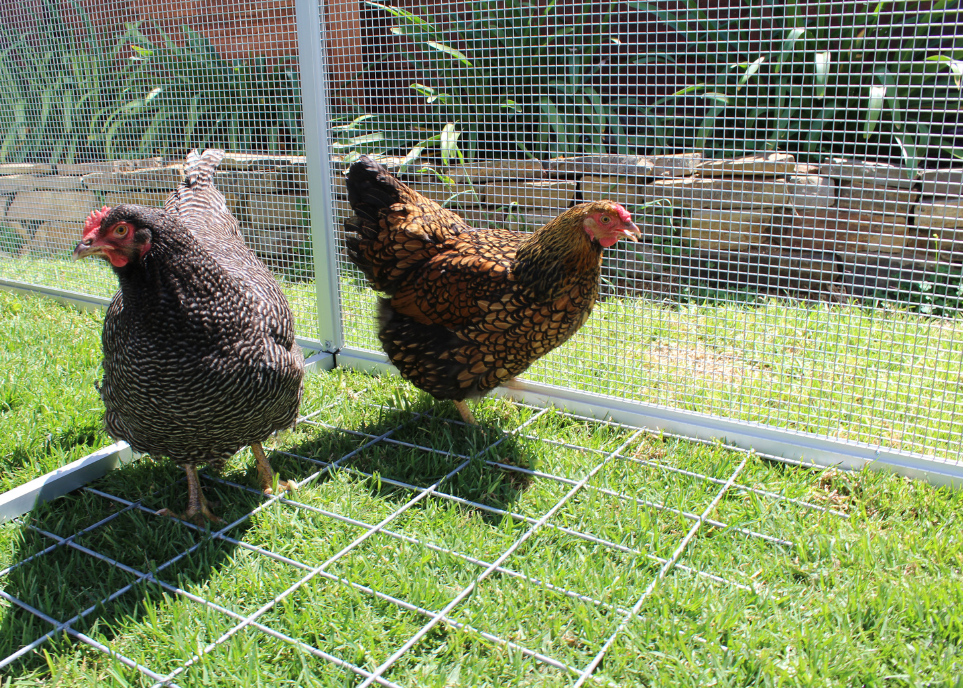When raising backyard chickens, one question dominates forums and social media groups: “What size coop do you need for backyard chickens?”. This comprehensive guide answers... Continue reading
Blog
While chickens are fairly robust animals, summer can be fatal for your feathered flock. It’s important that all backyard chicken owners are able to identify... Continue reading
Most backyard chicken owners will realise the importance of having their chicken coop well ventilated in hot weather. Fewer would realise that ventilation is still... Continue reading
If you’re interested in getting backyard chickens, you’ve likely wondered what type of chicken is best for your backyard. As there are hundreds of breeds... Continue reading
Keeping Chickens as Pets
/
695
Kids love having pets and parents love that pets can teach children responsibility, kindness and empathy. If you don’t already have a pet, it’s likely... Continue reading
If you’re thinking of adding a few new spring chickens to your backyard flock to boost the egg count, here are 5 tips to make... Continue reading
I love backyard chickens but I’m definitely not a fan of mice and rats. Just because you have chickens in your backyard, doesn’t mean you... Continue reading
If you’ve ever found the time to sit and observe the interactions of backyard chickens, you’ll no doubt understand where the term ‘pecking order’ originated. While... Continue reading
It might seem obvious, but have you ever wondered if a rooster is a necessary addition in your chicken coop for your chickens to lay... Continue reading
If you’ve ever had a fox attack your chickens before, I know you’ll understand how important it is to make sure your chicken coop is fox... Continue reading
More
More


